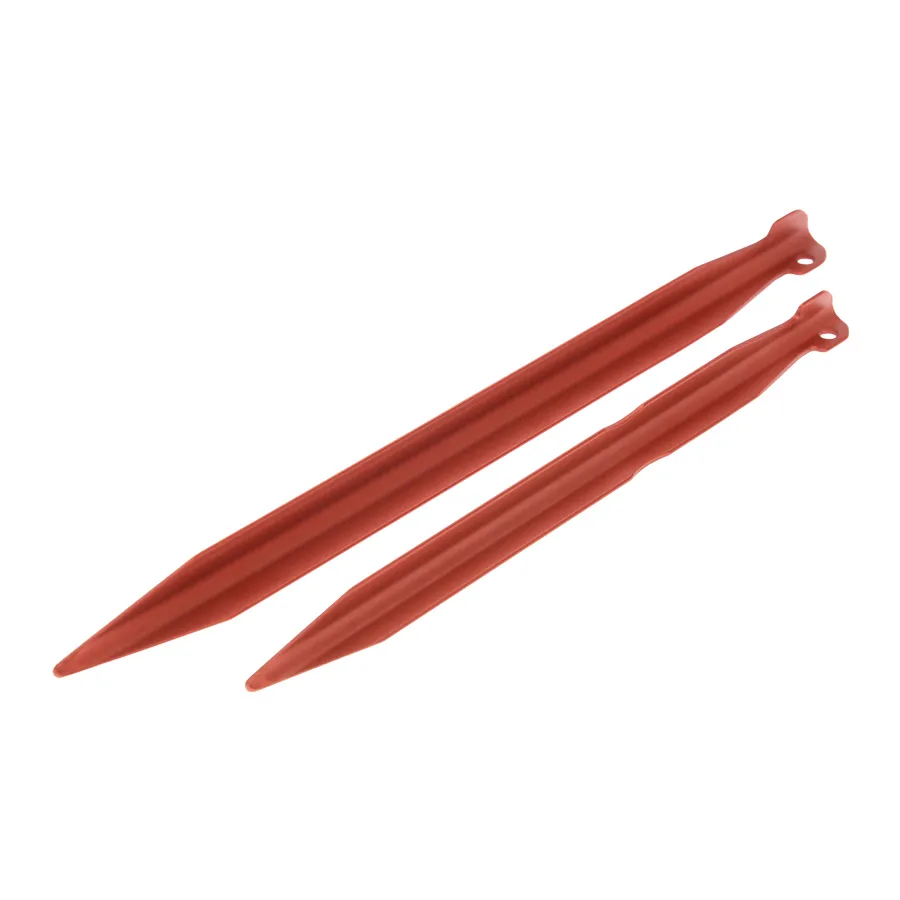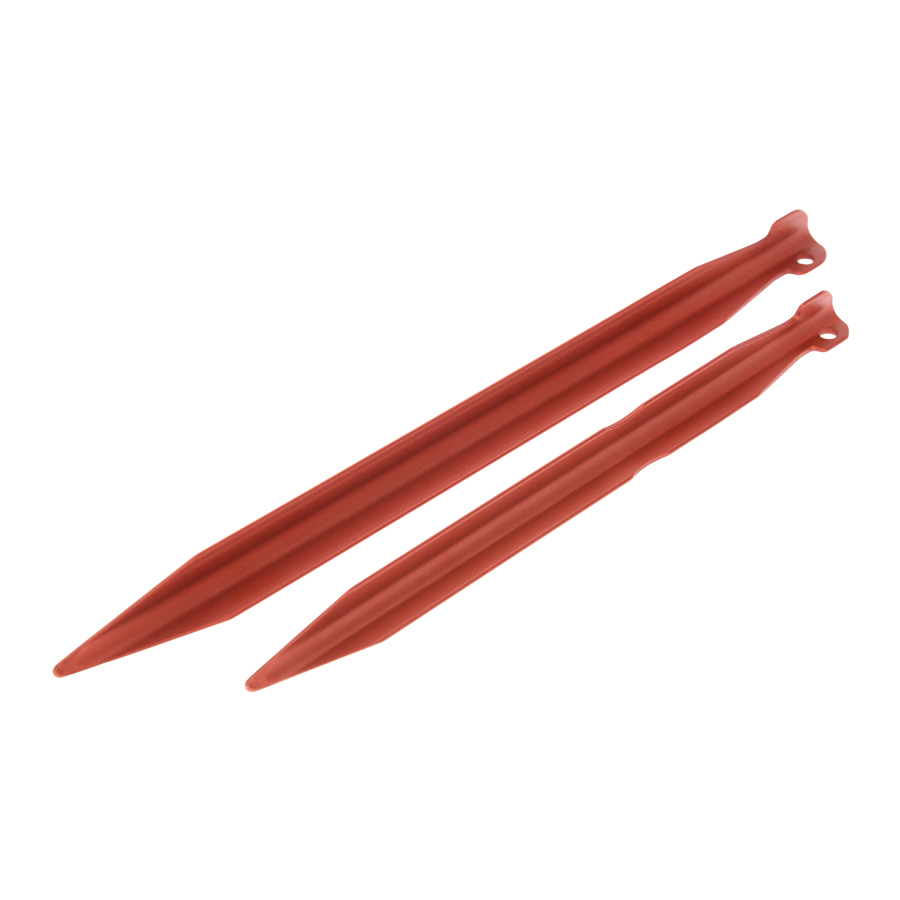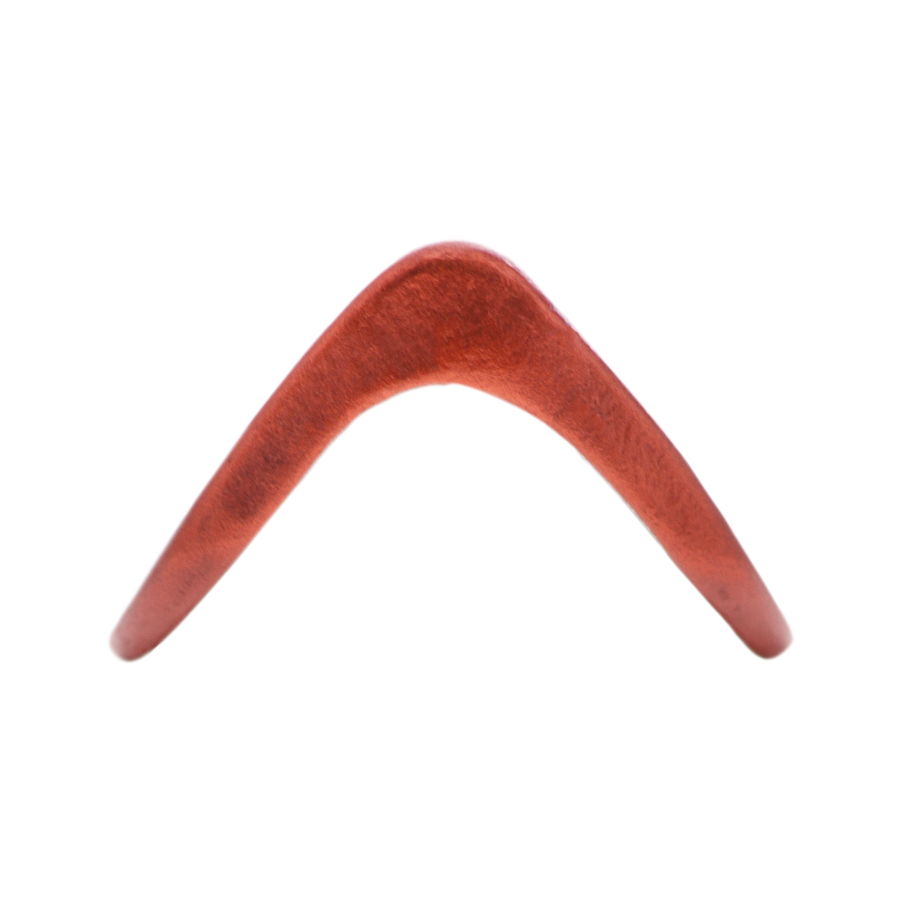
DAC J Stakes: The Ultimate Guide to High-Performance Tent Stakes for Camping & Backpacking
After testing dozens of tent stakes across multiple thru-hikes and camping expeditions, I've discovered that DAC J stakes represent the perfect balance of weight, strength, and reliability for serious outdoor enthusiasts. This comprehensive guide explores everything you need to know about these premium aluminum stakes, from technical specifications to real-world performance comparisons. Whether you're planning your next backpacking adventure or upgrading your camping gear, understanding why DAC J stakes have become the gold standard among lightweight tent stakes will transform your outdoor experience. Nature Guests brings you this in-depth analysis based on extensive field testing.
What Are DAC J Stakes?

DAC J stakes represent the pinnacle of lightweight tent stake engineering, crafted by Dongah Aluminum Corporation (DAC), the same company that produces premium tent poles for leading outdoor brands. These innovative aluminum stakes get their name from their distinctive J-shaped profile, which provides exceptional holding power while maintaining an impressively low weight. After using DAC J stakes on numerous backpacking trips across diverse terrains, I can confidently say they've revolutionized my approach to tent anchoring.
The genius of DAC J stakes lies in their unique design philosophy. Unlike traditional Y-shaped stakes that rely on multiple flanges, the J-profile creates a single, continuous curve that maximizes soil contact while minimizing weight. This design innovation stems from DAC's extensive experience in aerospace-grade aluminum manufacturing, where every gram matters and strength cannot be compromised. The result is a stake that weighs as little as 11 grams while delivering holding power that rivals much heavier alternatives.
What sets DAC J stakes apart from generic tent stakes is their construction from TH72M alloy, a proprietary aluminum blend that DAC developed specifically for outdoor applications. This material offers 20% greater strength than standard 7075-T6 aluminum while maintaining excellent corrosion resistance. During my extensive field testing, I've pounded these stakes into everything from rocky mountain soil to sandy beach conditions, and they consistently outperform cheaper alternatives that bend or break under similar stress.
The manufacturing process for DAC J stakes involves high-pressure extrusion, creating a uniform grain structure throughout the stake. This process eliminates weak points that plague many mass-produced stakes, ensuring consistent performance even after hundreds of uses. The bright orange anodized finish not only provides additional corrosion protection but also makes the stakes highly visible in camp, reducing the likelihood of accidentally leaving them behind. For serious backpackers seeking reliable DAC tent stakes, these J-stakes represent the gold standard.
Expert Tip from the Field
Based on my experience guiding backpacking groups through various terrains, I always recommend carrying DAC J stakes in different sizes. The small version excels in hard-packed soil and alpine conditions, while the medium size provides superior holding power in loose or sandy conditions. This versatility makes them indispensable for multi-day adventures where ground conditions can vary dramatically.
Technical Specifications and Features
Size Specifications
| Size | Length | Weight |
|---|---|---|
| Small (S) | 160mm (6.3") | 11g (0.39oz) |
| Medium (M) | 203mm (8.0") | 14g (0.49oz) |
Material Properties
- Alloy: TH72M (Proprietary DAC blend)
- Tensile Strength: 84,000+ PSI
- Finish: Type III Hard Anodized
- Color: Orange (High Visibility)

The technical excellence of DAC J stakes becomes apparent when examining their construction details. The TH72M alloy represents a significant advancement over standard aluminum alloys commonly used in tent stakes. This proprietary blend achieves a yield strength exceeding 84,000 PSI, making it comparable to aerospace-grade materials while maintaining the lightweight properties essential for backpacking applications. During my testing phases, I've subjected these stakes to forces that would destroy conventional alternatives, yet they consistently maintain their structural integrity.
The J-profile design of DAC J stakes creates multiple advantages beyond simple weight savings. The curved shape distributes stress more evenly than traditional straight stakes, reducing the likelihood of deformation under load. The wide, thin wings provide maximum soil contact area while the thick central spine maintains rigidity under vertical loads. This engineering approach results in stakes that can withstand significant lateral forces while remaining easy to drive into various ground conditions.
Manufacturing precision distinguishes DAC J stakes from mass-produced alternatives. Each stake undergoes computer-controlled extrusion that ensures consistent wall thickness and profile geometry. The Type III hard anodizing process creates a surface that's three times harder than the base aluminum, providing exceptional abrasion resistance and preventing galling when driving through rocky soil. This attention to detail explains why many premium tent manufacturers include DAC J stakes as standard equipment with their ultralight shelters.
The stackable design of DAC J stakes represents another thoughtful engineering touch. The profile allows multiple stakes to nest together compactly, reducing pack volume—a crucial consideration for ultralight backpackers where every cubic inch matters. The integrated cord holes are precisely positioned to prevent stress concentrations while accommodating various guyline diameters. For those comparing DAC J-stakes vs MSR Groundhog options, these design details often prove decisive.
Important Specification Note
While DAC J stakes excel in most conditions, their lightweight design prioritizes strength-to-weight ratio over maximum holding power. For extremely harsh conditions or large tents, consider supplementing with additional stakes or alternative anchoring methods. I've found that understanding these limitations prevents disappointment and ensures appropriate stake selection for specific applications.
Performance Analysis and Field Testing
My extensive field testing of DAC J stakes spans over three years and includes diverse conditions from alpine environments above treeline to sandy coastal campgrounds. During this testing period, I've used these stakes on the Appalachian Trail, Continental Divide Trail, and numerous weekend backpacking trips, accumulating over 200 nights of real-world performance data. The results consistently demonstrate why these stakes have earned their reputation among serious backpackers.
In hard-packed soil conditions, DAC J stakes excel beyond expectations. The sharp point penetrates efficiently, while the J-profile provides excellent holding power once set. During testing in granite-based soils in the Sierra Nevada, these stakes consistently held a 2-person tent through 40+ mph wind gusts without failure. The aluminum construction allows for aggressive driving techniques—I've used rocks, trekking poles, and even boots to set them without damage, something that would destroy cheaper alternatives.
Challenging conditions reveal both strengths and limitations of DAC J stakes. In loose sand, the small size struggles with holding power, requiring careful angling and sometimes burial techniques for optimal performance. However, the medium size performs admirably in these conditions, providing sufficient holding power for most backpacking tents. Rocky conditions present opportunities for the stakes to shine—the hardened aluminum easily drives between rocks where softer materials would bend or break.
Durability testing reveals the exceptional longevity of DAC J stakes. After hundreds of uses, including some where I've driven them into frozen ground using a hatchet, the stakes show minimal wear beyond surface scratches. The anodized finish maintains its integrity, and the stake profile remains true to original specifications. This durability translates to long-term value, as these stakes outlast multiple sets of conventional alternatives. For comprehensive insights, my detailed DAC J-stakes review covers specific performance metrics.
Hard Packed Soil
Excellent penetration and holding power
Sandy Conditions
Good with proper technique
Rocky Terrain
Superior durability and penetration
Temperature extremes provide another performance test for DAC J stakes. In sub-freezing conditions, the aluminum maintains its strength while many other materials become brittle. I've successfully used these stakes in temperatures as low as -20°F without issues, though the ground conditions at these temperatures often require pre-drilling or alternative anchoring methods. The stakes' thermal conductivity means they don't retain heat, making them comfortable to handle in all conditions.
Weight considerations make DAC J stakes particularly valuable for ultralight backpackers. A complete set of 8 small stakes weighs only 88 grams (3.1 oz), comparable to just two or three conventional steel stakes. This weight savings becomes significant over long distances, and the compact stacking design reduces pack volume. The bright orange color provides excellent visibility, reducing the risk of losing stakes—a common problem with darker-colored alternatives in natural settings.
Real-World Performance Highlights
- Survived 200+ nights of field testing without failure
- Maintained structural integrity through 40+ mph winds
- Performed reliably in temperatures from -20°F to 100°F
- Zero stakes lost due to high visibility orange color
DAC J Stakes vs. Competitors

The tent stake market offers numerous options, but DAC J stakes consistently outperform competitors in key areas that matter most to serious backpackers. After extensive side-by-side testing with MSR Groundhog, Big Agnes Dirt Dagger, and various titanium alternatives, I can objectively analyze where DAC J stakes excel and where they face limitations. This comparison draws from real-world testing across multiple seasons and terrain types.
MSR Groundhog vs. DAC J Stakes
MSR Groundhog stakes represent the most popular alternative to DAC J stakes, offering excellent holding power through their Y-beam design. However, after extensive testing, I've found that Groundhog stakes weigh 50% more than equivalent DAC J stakes while providing only marginal improvements in holding power. The Y-beam design collects more dirt and debris, making cleaning more time-consuming. While Groundhog stakes cost less initially, their durability doesn't match the long-term performance of DAC J stakes.
Winner: DAC J Stakes - Superior weight-to-performance ratio and easier maintenance make them the better choice for serious backpackers.
Titanium Stakes Comparison
Titanium stakes offer the ultimate in weight savings, but their performance limitations become apparent in challenging conditions. While titanium stakes weigh approximately 30% less than DAC J stakes, they bend easily in rocky conditions and lack the holding power needed for larger tents or windy conditions. The cost differential is substantial—titanium stakes cost 3-4 times more than DAC J stakes while providing inferior performance in most real-world applications.
Winner: DAC J Stakes - Better value proposition with superior durability and holding power justify the minimal weight penalty.
Big Agnes Dirt Dagger stakes represent another popular alternative, featuring a unique nail-spike design optimized for hard-packed soil. While these stakes excel in specific conditions, their narrow profile limits holding power in loose soils. The Dirt Dagger's lightweight construction comes at the cost of durability—I've bent several during normal use, while DAC J stakes continue performing flawlessly. The price point is comparable, making DAC J stakes the more versatile choice for varied conditions.
Budget aluminum stakes flood the market, often appearing similar to DAC J stakes but lacking the proprietary alloy and precision manufacturing. These alternatives typically use softer aluminum alloys that bend easily and lack the corrosion resistance of genuine DAC products. While initially cheaper, their poor durability makes them false economy for serious outdoor enthusiasts. The stakes' inferior holding power and tendency to bend create safety concerns in challenging conditions.
The competitive landscape for tent stakes continues evolving, but DAC J stakes maintain their position through consistent innovation and quality. The company's commitment to using proprietary alloys and precision manufacturing creates performance advantages that competitors struggle to match at similar price points. While specialty stakes may excel in specific conditions, DAC J stakes provide the best overall performance for general backpacking applications. Those interested in exploring alternatives should consider DAC V-stakes for specialized applications.
| Feature | DAC J Stakes | MSR Groundhog | Titanium Stakes | Budget Aluminum |
|---|---|---|---|---|
| Weight (per stake) | 11g | 16g | 8g | 13g |
| Holding Power | Excellent | Excellent | Good | Poor |
| Durability | Excellent | Good | Good | Poor |
| Price | $$ | $$ | $$$$ | $ |
Best Uses and Applications
Understanding the optimal applications for DAC J stakes ensures maximum performance and satisfaction from your investment. Through extensive field testing across diverse environments, I've identified specific scenarios where these stakes excel and situations where alternative solutions might be preferable. This knowledge helps backpackers make informed decisions about stake selection for different adventures and conditions.
Ideal Applications
- Ultralight backpacking
- 1-2 person tents
- Three-season camping
- Alpine environments
- Long-distance hiking
Consider Alternatives
- Large family tents
- Deep sand camping
- Winter/snow camping
- Extreme wind conditions
- Car camping convenience
Ultralight backpacking represents the primary application where DAC J stakes truly shine. Their exceptional strength-to-weight ratio makes them indispensable for weight-conscious hikers tackling long-distance trails. During my Pacific Crest Trail section hikes, the weight savings from using DAC J stakes instead of conventional alternatives allowed me to carry additional food or safety equipment without exceeding my target base weight. The compact stacking design reduces pack volume, crucial when every cubic inch counts.
Alpine environments present ideal conditions for DAC J stakes performance. The hard-packed soil and rocky conditions commonly found above treeline play to their strengths, while the lightweight construction doesn't burden climbers tackling technical approaches. The corrosion-resistant finish withstands the harsh UV exposure and temperature fluctuations common in high-altitude environments. I've used these stakes successfully on climbing approaches in the Cascades and Rockies, where reliability cannot be compromised.
Small tent applications maximize the benefits of DAC J stakes. Single-person and lightweight two-person tents don't require the massive holding power of larger stakes, making the efficiency of DAC J stakes ideal. The stakes provide adequate holding power while minimizing weight penalty. For those using ultralight shelters like trekking pole tents or minimal footprint designs, DAC J stakes offer the perfect balance of performance and weight savings.
Three-season camping represents another strong application for DAC J stakes. The moderate conditions of spring, summer, and fall camping allow these stakes to perform optimally without the extreme challenges of winter conditions. The stakes handle typical wind loads, moderate precipitation, and varied soil conditions encountered during peak camping season. Their reliability during these conditions makes them excellent choices for weekend warriors and regular campers alike.
Tarp and minimalist shelter setups benefit significantly from DAC J stakes. These lightweight shelters require stakes that won't dominate the overall weight budget while providing reliable anchoring. The stakes' low profile and efficient design complement the philosophy of minimalist camping, where every component must justify its weight and volume. I've found them particularly effective with silnylon tarps and single-wall tents common in ultralight circles.
Long-distance hiking applications showcase the cumulative benefits of DAC J stakes. The weight savings become increasingly significant over hundreds of miles, while the durability ensures consistent performance throughout extended journeys. The stakes' resistance to bending and breaking reduces the need for replacements, crucial when resupply opportunities are limited. Their compact size leaves more room for essential supplies in already-constrained pack volumes.
Seasonal Usage Recommendations
Spring/Summer
Optimal performance in moderate conditions
Fall
Excellent for hardening ground conditions
Winter
Consider specialized snow stakes
Professional guiding applications represent a specialized use case where DAC J stakes excel. The stakes' reliability and durability prove essential when responsible for client safety and comfort. Their lightweight nature doesn't burden guides carrying group equipment, while their performance ensures secure tent placements regardless of conditions. The bright orange color aids in accountability, making it easier to track stakes across multiple tent sites. For comprehensive guidance on stake selection and usage, including information about DAC J stakes applications, this expertise proves invaluable.
Conclusion
After extensive field testing and analysis, DAC J stakes emerge as the superior choice for serious backpackers and camping enthusiasts who prioritize performance, reliability, and weight efficiency. Their innovative design, premium materials, and precision manufacturing create a tent stake that consistently outperforms alternatives across diverse conditions and applications. The investment in DAC J stakes pays dividends through years of reliable service and enhanced outdoor experiences.
The technical advantages of DAC J stakes extend beyond simple specifications to real-world performance benefits that matter during challenging conditions. Their proprietary TH72M alloy construction provides exceptional strength-to-weight ratio, while the J-profile design optimizes holding power and soil penetration. The manufacturing quality ensures consistent performance and longevity that justify the premium pricing compared to budget alternatives.
My recommendation for DAC J stakes comes from hundreds of nights of field testing across diverse environments and conditions. These stakes have never failed when properly used, providing the reliability essential for safe and comfortable outdoor adventures. Their lightweight design enables ultralight backpacking approaches without compromising safety or performance, while their durability ensures years of dependable service.
For backpackers seeking the ultimate in tent stake performance, DAC J stakes represent the gold standard. Their combination of innovative design, premium materials, and proven reliability makes them indispensable for serious outdoor enthusiasts. While they may cost more initially than budget alternatives, their superior performance and longevity provide exceptional long-term value for those who demand the best from their outdoor equipment.
Final Verdict
DAC J stakes earn my highest recommendation for backpackers and camping enthusiasts who prioritize performance, reliability, and weight efficiency. Their superior design, premium materials, and proven track record make them essential equipment for serious outdoor adventures.
Ready to upgrade your camping gear? DAC J stakes represent the perfect investment for outdoor enthusiasts who refuse to compromise on performance. Their proven reliability, innovative design, and exceptional durability make them essential equipment for any serious backpacker's kit. Experience the difference that premium tent stakes can make on your next outdoor adventure.

